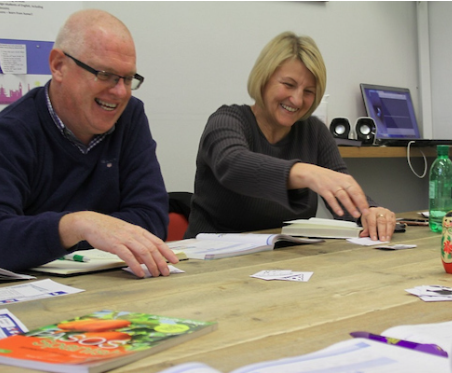Balancing language learning with a packed schedule may seem daunting, but it’s absolutely possible. With the right strategies, even the busiest individuals can make steady progress toward fluency. Here are practical and friendly tips for fitting language learning into your daily routine—no matter how full your calendar is.
1. Use Short, Consistent Sessions
Aim for 10 to 15 minutes of focused practice each day. Short, regular sessions are more effective than occasional long ones. Daily consistency builds a strong habit and helps retain what you’ve learned.
2. Incorporate Language Into Daily Life
Turn everyday moments into learning opportunities. Label items around your home, change your phone settings to your target language, or write your shopping list using new vocabulary.
3. Take Advantage of Commute Time
Listen to language podcasts, audiobooks, or vocabulary playlists while driving, walking, or on public transport. Passive listening builds familiarity with pronunciation and rhythm.
4. Use Apps That Fit Your Schedule
Language apps like Duolingo, Babbel, or Drops offer quick lessons that you can complete on a coffee break or during a lunch break. Many provide reminders and streak tracking to keep you motivated.
5. Set Realistic Goals
Don’t aim for perfection—aim for progress. Start with achievable goals like learning five new words a day or completing one short lesson each night before bed.
6. Practice Speaking When You Can
Speak out loud while doing chores, repeat phrases you’ve learned, or describe what you’re doing in your target language. Even solo speaking builds confidence and fluency.
7. Keep Flashcards Handy
Use physical flashcards or apps like Anki for on-the-go review. A few minutes of flashcard practice while waiting in line can reinforce vocabulary.
8. Join a Virtual Language Community
Online groups and language exchange platforms offer flexible opportunities to chat with native speakers or fellow learners. Practice when it suits your schedule.
9. Watch and Read for Fun
Watch shows, YouTube videos, or read short articles in your target language. Choose topics that interest you, and you’ll be more likely to stick with it.
Final Thought
You don’t need hours a day to learn a language—just a few smart, consistent minutes. By making the most of small pockets of time, staying flexible, and using tools that fit your life, you can steadily reach your language goals even with a busy schedule.


